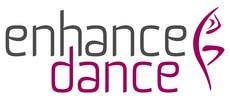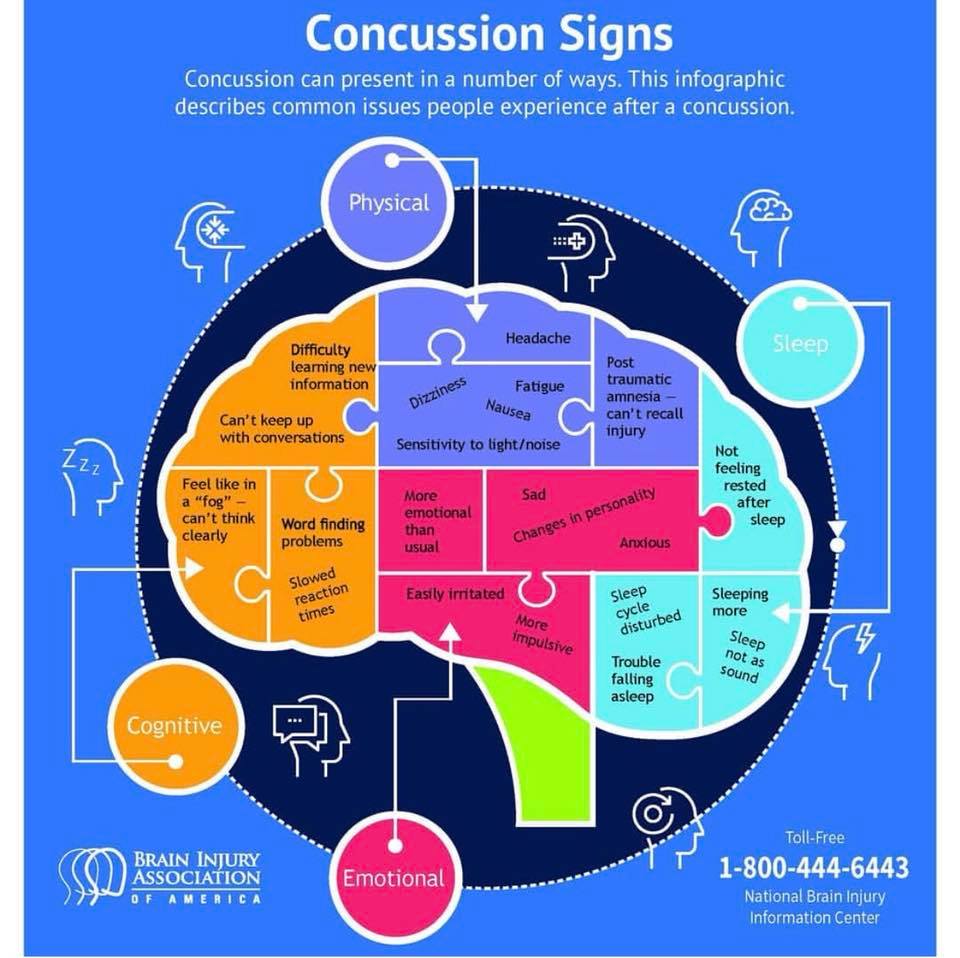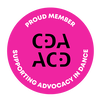|
Looking for guidance about teaching and dance training during the COVID-19 pandemic? There are several great resources to guide you while dancing at home and when returning to the studio:
Are you an older dancer who wants to keep dancing their whole life?
DANCING & AGING "Older dancers may need to arrive early to classes and rehearsals to allow extra time to warm up with movements that gently raise the body temperature and heart rate, mobilize the joints and lengthen the muscles. With sufficient physical fitness, older dancers can meet the technical requirements of continued dancing. They can also ensure that they have the requisite core support and adequate joint stability and mobility to stave off injuries. Engaging in supplementary physical conditioning can improve cardiorespiratory stamina, flexibility and muscular strength and endurance... Age-related declines in stamina may necessitate changes to a dancer’s training regimen in order to avoid undue fatigue... With proper self-care, careful attention to dance training and practices and a focus on the benefits of aging, dancers have great potential to remain healthy and dance for longer." (Andrea Downie, 2016) Learn more about dancing and aging in The Dance Current's article Freer and More Fragile by Andrea Downie. Are you naturally flexible?
MANAGE HYPERMOBILITY "Properly managing, rather than exploiting, hypermobility can help naturally flexible dancers improve their performance, prevent injuries and increase their longevity in dance. The following strategies can help those with hypermobile joints:
Not sure how to get what you need from healthcare professionals?
MAKE THE MOST OF YOUR APPOINTMENT "Because dance is a physically demanding practice and profession, dancers are necessarily in tune with their bodies. They must also monitor their mental and emotional health because dancing can provide psychological and social challenges. For these reasons, dancers benefit from working with practitioners who recognize these factors and work collaboratively with them to find solutions. The following tips can help dancers communicate effectively with health-care professionals and make the most of their appointments:
Are you aware of the signs of concussion? Dancers get concussions, too. You do not have to hit your head to get a concussion. A concussion is a brain injury. Signs can include headaches, irritability, sleep disturbances, and difficulty thinking clearly. Consider baseline testing before you get a concussion and be sure to follow all your health provider’s instructions if you get one.
- Andrea Downie Are you getting enough sleep to perform at your best?
ESTABLISH SLEEP HYGIENE "Dancers are artistic athletes and require more sleep than non-athletes, particularly during adolescence. An athlete’s sleep needs change over the course of a lifetime. Inadequate sleep and sleep disorders have been linked to the following:
Learn more about the sleep needs of athletes in Sport for Life's resource, Sleep, Recovery, and Human Performance, by Charles Samuels and Brent Alexander. Looking to improve your turnout? Enhancing turnout involves gaining the necessary strength and flexibility of muscles associated with turnout, as well as attending to alignment and using imagery to facilitate effective neuromuscular patterns. Minimize turnout compensations by addressing alignment and movement patterns at the spine, pelvis, hip, knee and foot. Maximize hip external rotation by learning to recruit and organize, strengthen and stretch, the many muscles associated with producing and inhibiting turnout.
- Andrea Downie Learn more about turnout in International Association for Dance Medicine and Science's resource paper, Turnout for Dancers: Supplemental Training, by Donna Krasnow and Virginia Wilmerding. Looking for an advantage when it comes to turning? To improve balance control, mentally focus on alignment and do proprioceptive training, such as balancing exercises with the eyes closed. Imagine the vertical axis lengthening—simultaneously stretching up through the crown of the head and down through the supporting foot—during balancing exercises and during turns to enhance both static and dynamic alignment.
- Andrea Downie |
Archives
September 2020
Categories
All
|


 RSS Feed
RSS Feed


